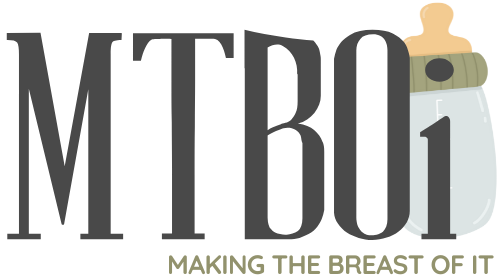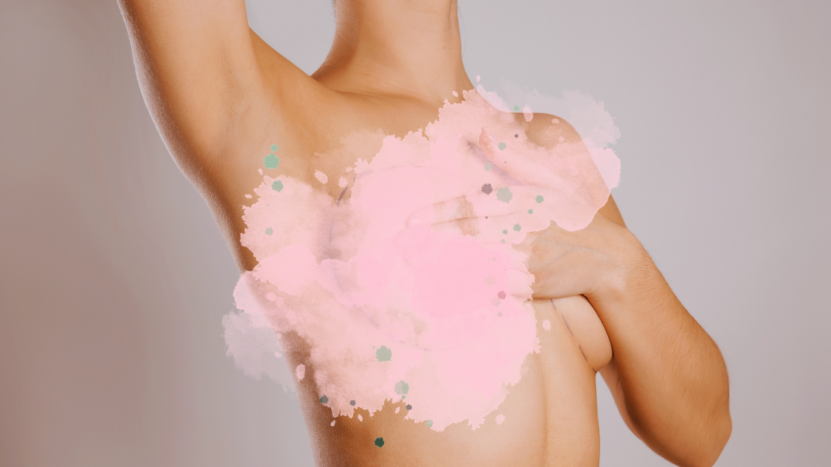Have you ever experienced a lump in your breast while breastfeeding and immediately feared the worst? You’re not alone. For many breastfeeding mothers, the appearance of a lump can ignite panic, with the thought of breast cancer looming large.
However, in many cases, these lumps may simply be the result of a clogged milk duct, a common issue that can arise during breastfeeding. So how do you know if the lump you’ve found is a clogged duct or something more concerning, like breast cancer?
The difference may not be immediately obvious. But by understanding the symptoms, causes, and distinguishing features of each, you can act properly.
Clogged Milk Ducts – What Are They?
A clogged milk duct occurs when milk becomes blocked in the breast’s ducts, causing a tender lump that can be uncomfortable but is usually benign. The condition is common among breastfeeding mothers, and while painful, it’s typically manageable with home care.
| Symptom | Description |
| Size | Typically small, hard nodules or lumps. |
| Tenderness | The area is often painful and swollen. |
| Redness and localized heat | Redness and a warm sensation may be noticed around the lump. |
| Pain during letdown | Pain may increase when breastfeeding or pumping. |
| Movement | The lump may move or decrease in size after breastfeeding or pumping. |
What Causes Them?
Clogged ducts can form due to improper milk drainage. Here are some potential reasons:
- Breast engorgement: Overly full breasts can impede milk flow.
- Infrequent feeding: If you’re not breastfeeding or pumping regularly, milk can back up.
- Improper latch: If your baby isn’t latching well, it can prevent full drainage of the milk.
- Tight clothing: Wearing bras that are too tight can restrict milk flow.
How to Treat Clogged Milk Ducts?
Most clogged milk ducts will resolve on their own with a little TLC:
- Breastfeeding or pumping frequently: Continue breastfeeding to keep milk flowing.
- Warm compresses: Applying warmth can help loosen the clog.
- Gentle massage: Massage the area while breastfeeding or pumping to encourage milk flow.
- Vary breastfeeding positions: Different positions can help ensure proper drainage from all areas of the breast.
Breast Cancer Lumps
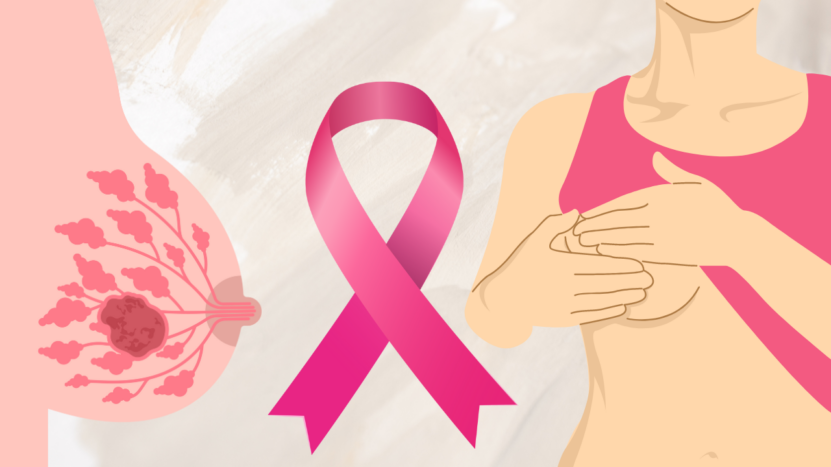
Now, let’s talk about breast cancer lumps, the cause of much concern for many women. While breast cancer originating during breastfeeding is rare (affecting only about 3% of breastfeeding women), it’s crucial to be vigilant about any changes in your breast. Breast cancer lumps tend to be different from benign conditions like clogged ducts or cysts.
According to the Cleveland Clinic, up to 15% of individuals with breast cancer develop the condition due to inherited genetic mutations.
| Characteristic | Benign Lumps (Clogged Ducts) | Malignant Lumps (Breast Cancer) |
| Movability | The lump may shift slightly when pressed. | These lumps are more likely to feel immovable and rock-hard. |
| Texture | Smooth or rounded texture. | Irregular, jagged texture. |
| Tenderness | Tenderness is common, especially during breastfeeding. | Usually painless in the early stages. |
| Size Changes | The lump may shrink or move after breastfeeding or pumping. | The lump remains the same or grows over time, even with interventions. |
| Other Symptoms | Generally no additional symptoms beyond localized discomfort. | May include nipple discharge, skin dimpling, or changes in breast size/shape. |
When to Be Concerned
- Nipple discharge: Any unexpected discharge, especially if it’s bloody or clear.
- Persistent pain: Pain that doesn’t seem to correlate with breastfeeding.
- Changes in size/shape: If one breast appears swollen or changes shape.
- Dimpling or puckering: Skin changes that make your breast resemble an orange peel can be concerning.
Mastitis: A Sneaky Complication of Clogged Milk Ducts
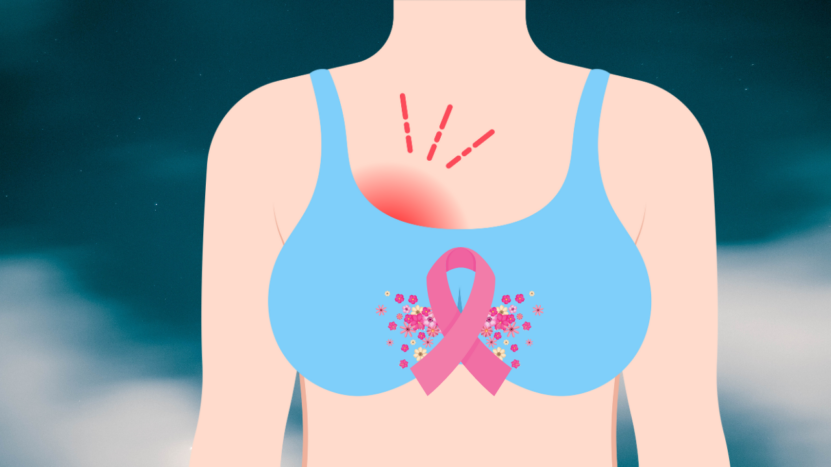
Mastitis is an infection that can develop from a clogged duct. The symptoms of mastitis can feel a lot like having the flu—fever, chills, body aches, and fatigue—but it’s also accompanied by swelling, redness, and severe breast pain. Mastitis requires prompt medical attention, and in some cases, antibiotics to clear the infection.
How to Tell the Difference
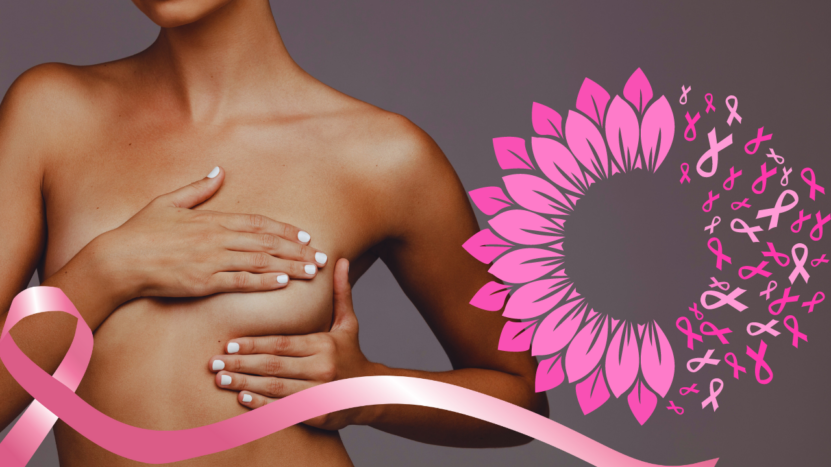
The key is understanding how each feels and how the symptoms present over time.
| Characteristic | Benign Lumps (Clogged Ducts) | Malignant Lumps (Breast Cancer) |
| Movability | The lump may shift slightly when pressed. | These lumps are more likely to feel immovable and rock-hard. |
| Texture | Smooth or rounded texture. | Irregular, jagged texture. |
| Tenderness | Tenderness is common, especially during breastfeeding. | Usually painless in the early stages. |
| Size Changes | The lump may shrink or move after breastfeeding or pumping. | The lump remains the same or grows over time, even with interventions. |
| Other Symptoms | Generally no additional symptoms beyond localized discomfort. | May include nipple discharge, skin dimpling, or changes in breast size/shape. |
When to See a Doctor
While most clogged ducts will resolve with home care, there are times when it’s important to seek medical attention, particularly if:
- The lump doesn’t go away: If the lump persists for more than a week or keeps recurring.
- It continues to grow: If the lump increases in size or becomes more painful.
- Skin changes occur: Dimpling, redness, or swelling of the skin around the lump.
- Family history of breast cancer: If you have a family history, it’s wise to err on the side of caution.
- Gut feelings: Trust your instincts. If something doesn’t feel right, get it checked out.
Your healthcare provider may recommend imaging tests, such as a mammogram or ultrasound, and possibly a biopsy to determine whether the lump is benign or malignant.
Prevention and Self-Care
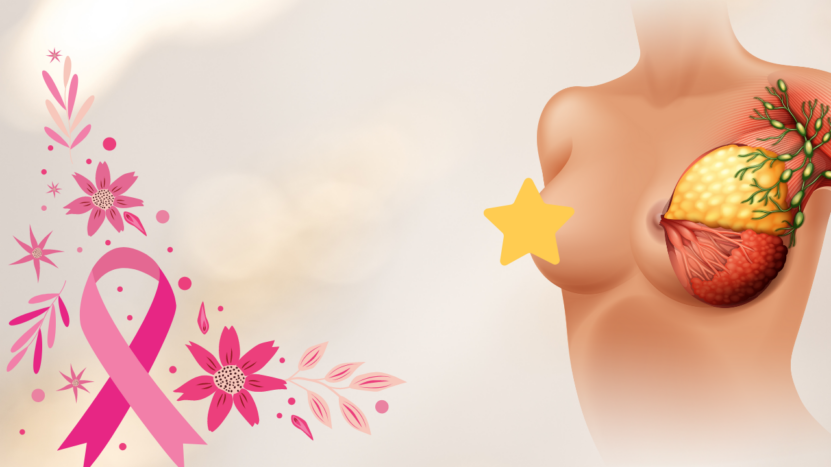
While breast cancer cannot always be prevented, and clogged ducts are a part of many women’s breastfeeding journeys, there are some proactive steps you can take to care for your breasts and minimize risks.
Clogged Milk Ducts
- Frequent breastfeeding: Keep milk flowing regularly to avoid clogs.
- Avoid tight clothing: Loose-fitting bras and tops allow better milk flow.
- Vary feeding positions: This ensures all areas of the breast drain evenly.
Breast Cancer
- Routine screenings: Regular mammograms, especially if you’re over 40 or have a family history.
- Healthy lifestyle: Exercise, a balanced diet, and limiting alcohol can reduce your risk.
- Breastfeeding: Breastfeeding has been shown to slightly lower the risk of breast cancer.
In Summary
Finding a lump in your breast is always concerning, but knowledge is power. Stay informed. Stay healthy. And always listen to your body!
